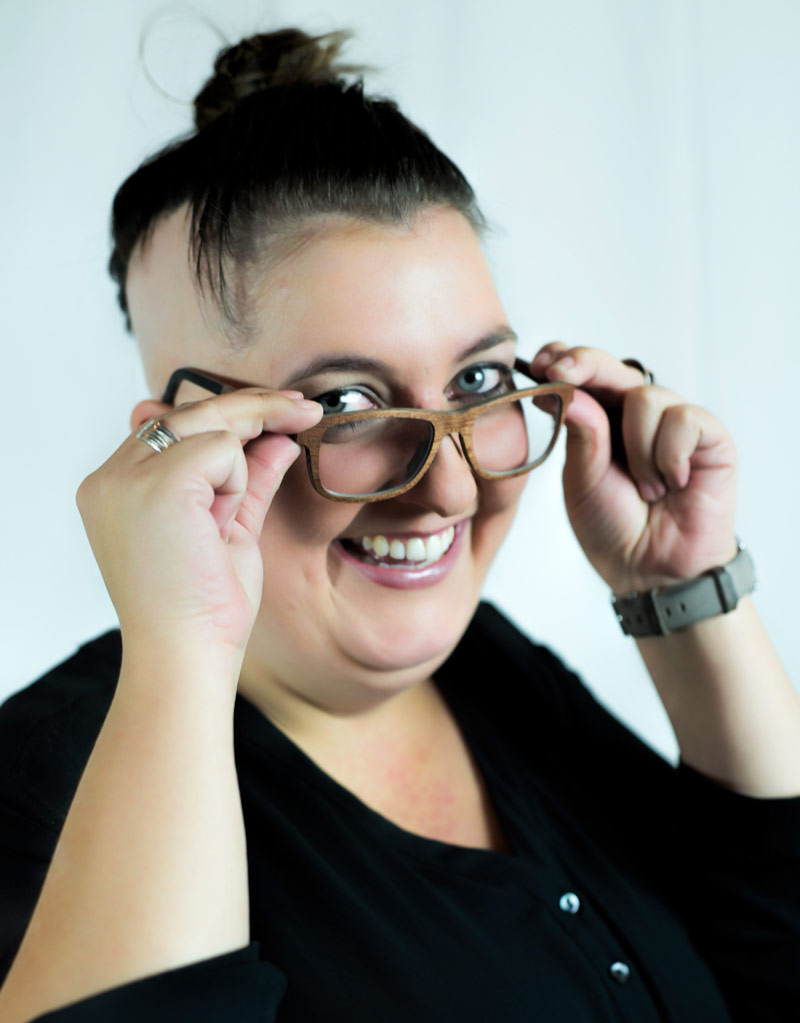Are there any healing options?
Although Alopecia Areata is known worldwide and enormous efforts are made to investigate its causes, no therapy has yet been found to actually cure the disease.
 There are only symptom therapies, which can sometimes lead to complete hair regrowth and recovery. However, none of those can guarantee that under certain conditions a patient’s hair will not fall out again. Rehabilitation and recurrence periods between hair regrowth and further hair loss may last anywhere between half a year and 30 years, because each case is quite different. There are various therapies helping overcome the major consequences of Alopecia Areata, i.e. hair loss, all following very different approaches. They either weaken the immune system so much that it can no longer ‘eject’ its own hair, or they try to modify the patient’s immune system, so that it will automatically shut down the hair loss mechanism.
There are only symptom therapies, which can sometimes lead to complete hair regrowth and recovery. However, none of those can guarantee that under certain conditions a patient’s hair will not fall out again. Rehabilitation and recurrence periods between hair regrowth and further hair loss may last anywhere between half a year and 30 years, because each case is quite different. There are various therapies helping overcome the major consequences of Alopecia Areata, i.e. hair loss, all following very different approaches. They either weaken the immune system so much that it can no longer ‘eject’ its own hair, or they try to modify the patient’s immune system, so that it will automatically shut down the hair loss mechanism.
Another option is the deflection system. The immune system is deflected by a “slight” injury to the scalp (slight redness and scaling) caused by various tinctures. While the antibodies are busy repairing the scalp, hair roots can regenerate. Most of the therapies achieve the desired result of hair regrowth in 70% to 75% of cases. At the same time, the spontaneous healing rate also lies between 75% and 80%, so for this reason, all therapies are viewed with a degree of controversy.
No therapy without side effects
Many dermatologists therefore advise the patient to wait. For many patients this recommendation is too difficult to understand and even more difficult to follow. Especially if children are affected, it is difficult for the parents to just sit and wait, watching their children lose more and more hair. However, this approach may well lead to self-healing, which would otherwise be suppressed. It was observed in various patients that the disease healed completely or even without therapy. It is also necessary to add that immunosuppressants (medications which reduce the function of the immune system) are not an option in the current form of treatment, in our opinion. Having discussed the matter with the manufacturers of these drugs, we were told that this type of medicine is not suitable for AA, from the manufacturers’ point of view. Other medical professionals believe that early treatment is helpful.
In long-term studies devoted to AA, no causes for the disease have been found. One study claims that after the therapy has been discontinued, hair loss is very likely. Therefore, the most important criteria for selecting the suitable treatment are, in particular, the age of the children, the duration and the severity of the disease as well as the possibility that one of the above-mentioned diseases may be also present. In addition, the children’s social environment must also be taken into account, i.e. family relations and the situation at kindergarten or school. Generally speaking, the biggest prospects for successful healing can be expected if the affected area is small, if the disease started after puberty, if it lasted less than one year, and if no other diseases are registered. Thus, treatment is more difficult to classify in pronounced, rapidly progressing cases, starting at pre-puberty age, lasting for more than one year, and combined with some additional auto-immune disorders.
In acute cases, which have developed only recently and are now progressing, or if the case is only a mild one, we should first look for inflammation centers in the patient’s body, which cannot be considered as a fundamental cause, but as a causative factor. If, for example, a chronic almond or nasal sinus infection is found, these should be treated, even if this does not necessarily lead to the regrowth of the hairless areas. In the treatment of AA, the dermatologist is the first person to consult, in order to make the right diagnosis. Further on, attending a specialized dermatological clinic may be necessary, since not all forms of therapy can be carried out in the surgery of a practicing physician or family doctor. It is also advisable to work in collaboration with a pediatrician, who is an expert on treating young patients and children, as he might help, for example, in the search for inflammation centers.
